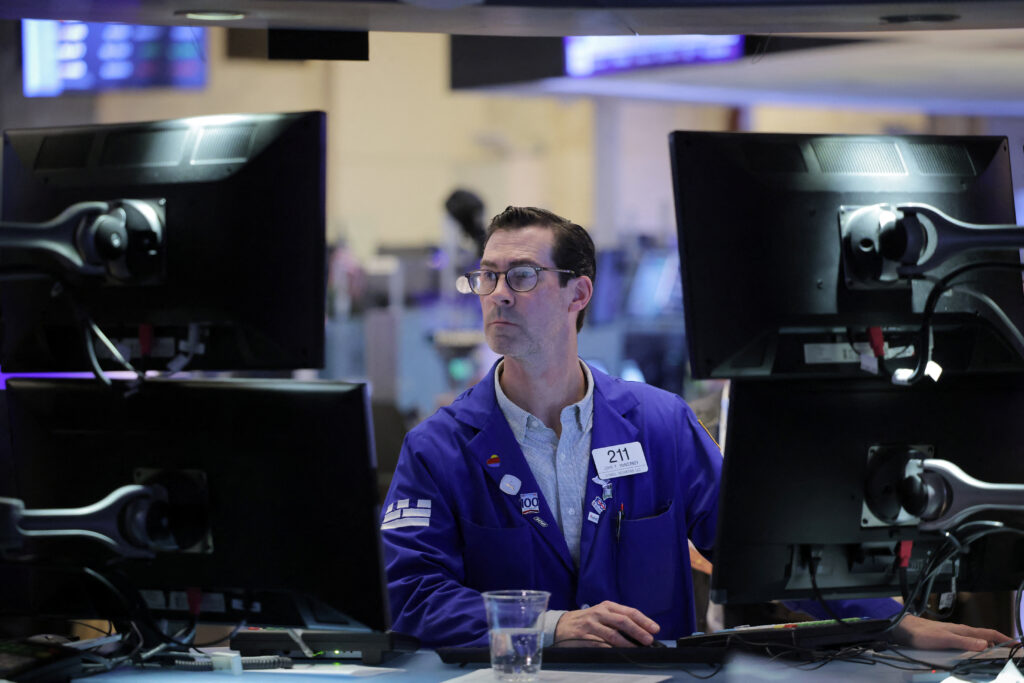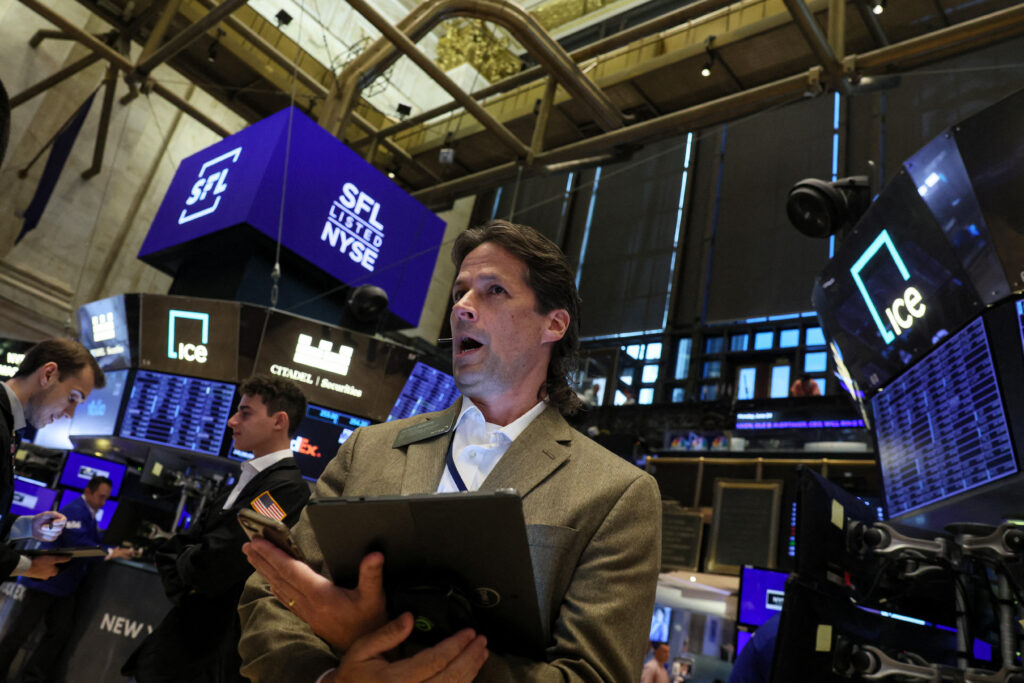In the fast-paced world of stock trading, every second counts. News events can significantly impact a company’s value, and being the first to react can mean the difference between securing a profitable opportunity or missing out. This is where early stock trading comes in, offering a valuable window for investors to act before the market opens for regular trading.
The Power of Early News
Imagine this: a company you’ve been researching releases stellar earnings after the closing bell. You know this news will likely send the stock price soaring. However, the price might have jumped significantly when the regular market opened due to pre-market trading activity. Early trading allows you to capitalize on such situations by placing orders to buy or sell based on news released outside of regular trading hours.
Here are some specific benefits of reacting to news first through early trading:
- Capture Early Price Movements: News can trigger significant price swings. Early trading lets you position yourself before the broader market reacts, potentially securing a more favorable entry or exit point for your trades.
- Hedge Against Unexpected News: If you anticipate negative news impacting a stock you hold, pre-market trading allows you to place a sell order to minimize potential losses.
- Capitalize on Positive Surprises: Positive news releases can trigger buying sprees during regular hours. Early trading lets you participate in this initial surge, potentially maximizing your profits.
Examples in Action:
Let’s look at a couple of scenarios to illustrate the power of early news in stock trading:
- Company X announces a groundbreaking partnership: This news will likely trigger a surge in demand for Company X’s stock. By placing a buy order in the pre-market session, you can potentially secure shares before the price jumps significantly during regular trading hours.
- Company Y reports disappointing earnings: This news is likely to cause a sell-off. Pre-market trading allows you to place a sell order before the price plummets, potentially mitigating your losses.
Not All News is Created Equal
It’s important to remember that not every news event will significantly impact a stock price. Here are some things to consider:
- Magnitude of the News: Major announcements like mergers, acquisitions, or blockbuster earnings reports are more likely to cause price movements than routine press releases.
- Market Sentiment: Positive news might have a less dramatic effect if the overall market sentiment is positive. Conversely, negative news could have a magnified impact on a bearish market.
- Company Fundamentals: A strong company with a solid track record might have a more muted response to negative news than a struggling company.
Avoiding the Early Bird Trap: Cons of Early Stock Trading
While early trading offers advantages, it’s not without its drawbacks. Here are some key considerations:
- Limited Liquidity: The pre-market and after-hours trading sessions usually have fewer participants than regular trading hours. This can lead to lower liquidity, making buying or selling large shares at the desired price difficult.
- Wider Bid-Ask Spreads: With fewer buyers and sellers, the difference between the highest price a buyer is willing to pay (bid) and the lowest price a seller is willing to accept (ask) can be broader in early trading. This can eat into your profits, especially for short-term trades.
- Price Volatility: Early trading can be more volatile due to the lower trading volume. This can lead to unpredictable price movements, making it riskier for inexperienced investors.
Mitigating the Risks
Despite the cons, there are ways to manage the risks associated with early trading:
- Focus on High-Liquidity Stocks: Stick to stocks with a high trading volume to ensure more accessible entry and exit from positions.
- Set Realistic Orders: Be prepared to accept slightly less favorable prices due to broader bid-ask spreads during early trading.
- Develop a Trading Strategy: Don’t be impulsive; have a clear trade plan based on thorough research and risk management principles.
Beyond the Basics: Mastering Early Trading Strategies
Early trading can be a powerful tool but requires a deeper understanding of the market and specific strategies to navigate its complexities. Here are some additional considerations to elevate your early trading skills:
- Understanding Pre-Market News Flow: Develop a system for staying informed about news releases scheduled after regular market hours. Utilize reputable financial news platforms that offer pre-market news alerts and analysis.
- Technical Analysis for Early Trading: Technical analysis tools like charts and indicators can help you identify potential price movements based on historical price trends and trading volume. Utilize these tools to assess potential entry and exit points during early trading sessions.
- Paper Trading for Early Bird Practice: Consider using paper trading platforms before risking natural capital. These platforms simulate the natural market environment, allowing you to practice early trading strategies with virtual funds. This helps you gain experience and confidence before entering the live market.
The Early Bird Mindset: A Winning Mentality for Pre-Market Trading
Early trading success hinges not just on technical skills but also on developing the right mindset. Here are some key traits to cultivate:
- Proactive Research: Successful early trading starts long before the pre-market session. Diligently research companies you’re interested in, understand their fundamentals and anticipate potential news catalysts that might impact their stock price.
- Adaptability and Flexibility: The market environment can change rapidly. Be prepared to adjust your strategies based on real-time news and price movements. Don’t get attached to a specific outcome; be willing to adapt your approach as needed.
- Emotional Control: Early trading can be emotionally charged, especially during volatile sessions. Develop emotional intelligence to manage anxiety and avoid making impulsive decisions based on fear or excitement.
- Continuous Learning: The financial world is constantly evolving. Stay updated on market trends, regulatory changes, and advancements in trading technology. Continuously learn and refine your strategies to stay ahead of the curve.
Conclusion
Early stock trading offers a unique opportunity to react to the news before the broader market and potentially gain a competitive edge. However, it requires a careful balance between seizing opportunities and managing risks. By understanding the advantages and disadvantages, developing a sound trading strategy, and adopting the right mindset, you can position yourself to leverage early trading effectively and potentially improve your overall trading performance. Remember, early trading is a marathon, not a sprint.
Be patient and disciplined, and continuously strive to learn and improve your skills to become a successful early bird in the fast-paced world of stock trading.
Peter Williams, a financial writer with over five years of experience, specializes in covering stock market movements, bond markets, commodities, and macroeconomic trends.










